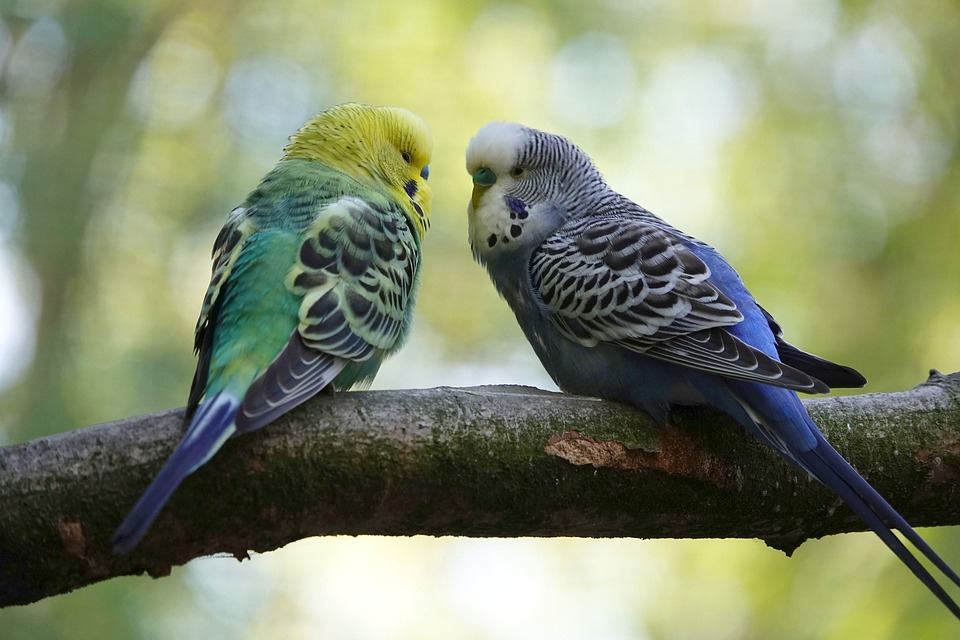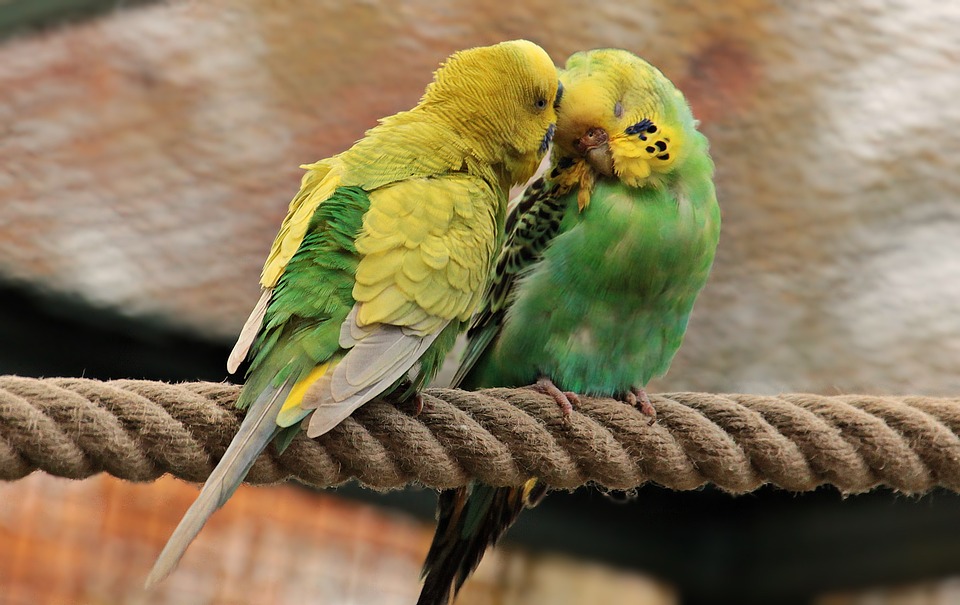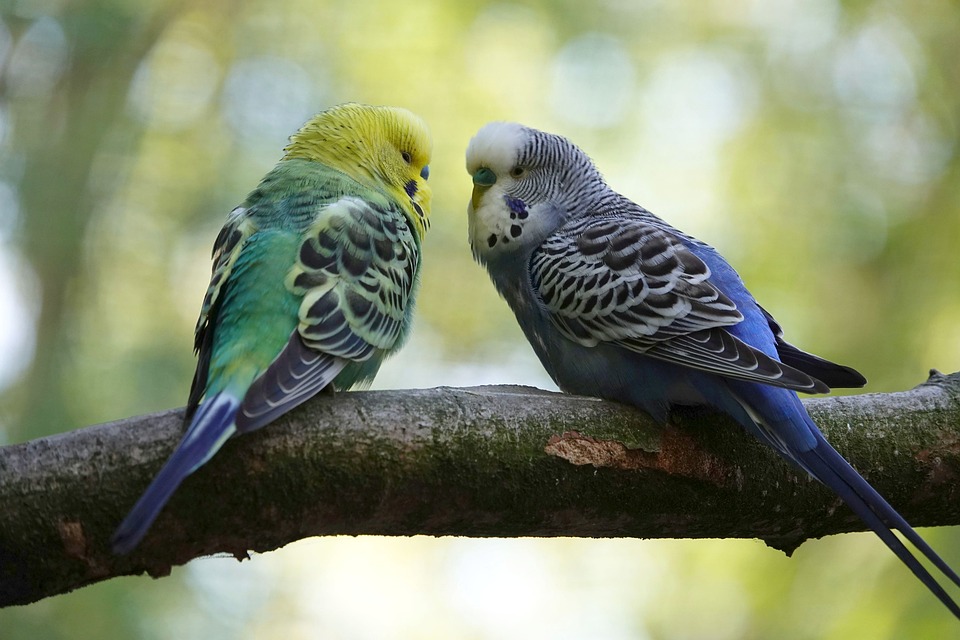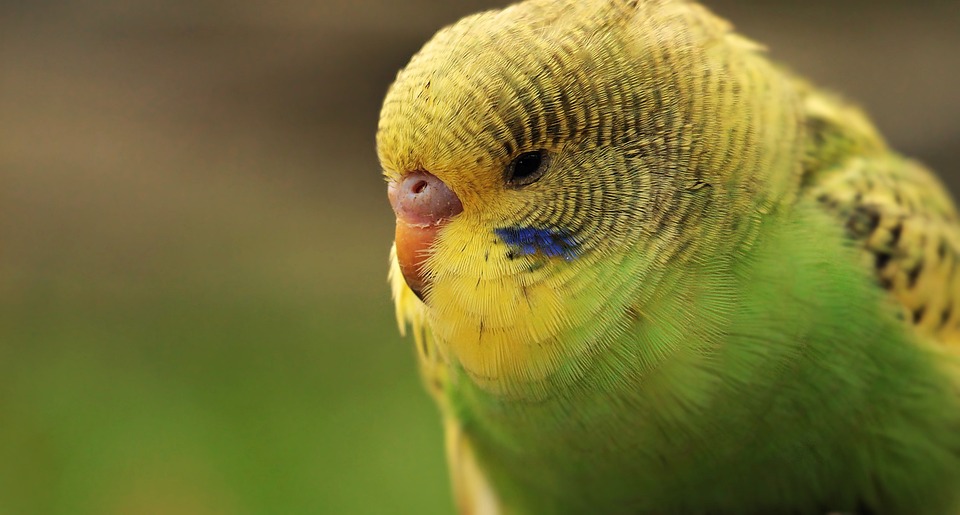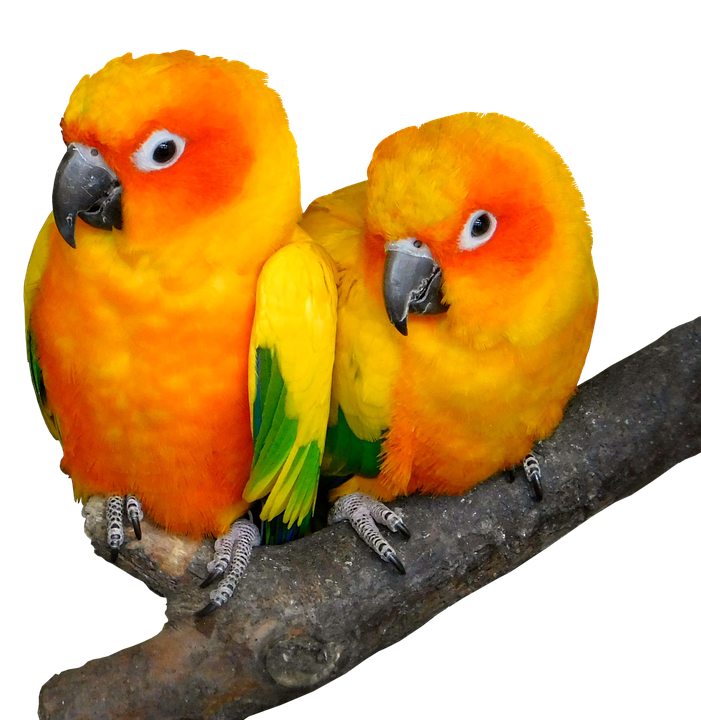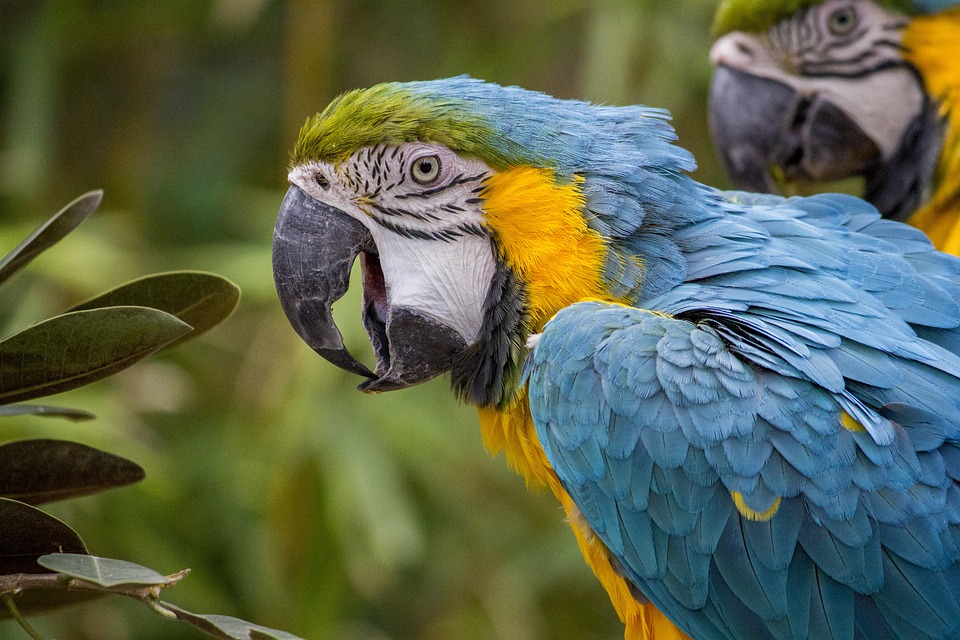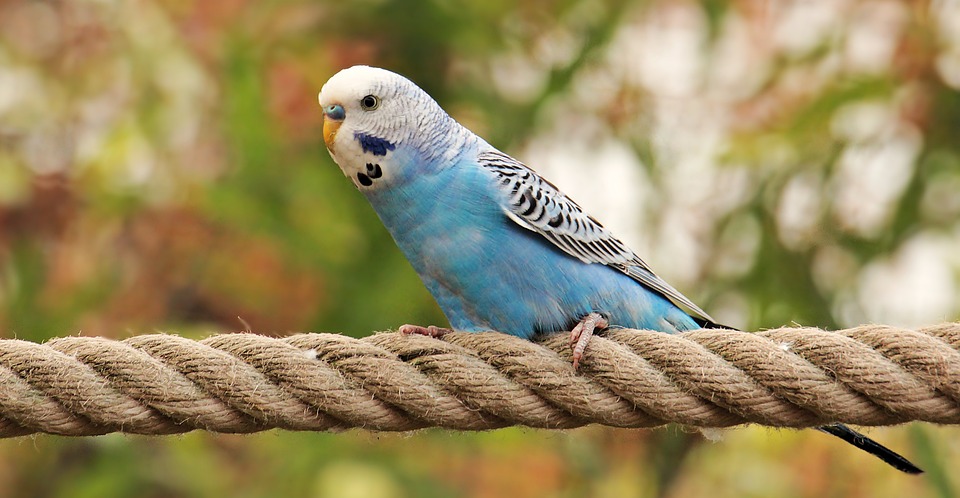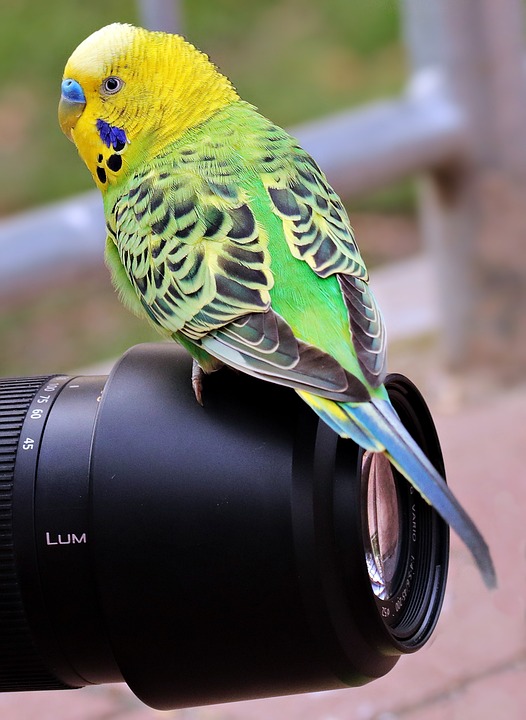Parrots are highly intelligent and social creatures that require mental stimulation and enrichment to thrive in captivity. One common behavior observed in many parrot species is their fascination with bell toys. In this article, we will explore why parrots are attracted to bell toys, the benefits of providing them, and how to understand and interpret parrot behavior around these toys.
Parrots have a natural instinctive attraction to sound and movement, which makes bell toys particularly enticing to them. In the wild, parrots are often exposed to various sounds and movements, such as rustling leaves or the calls of other birds. Bell toys mimic these natural stimuli, providing a sense of familiarity and comfort to captive parrots.
Furthermore, bell toys allow parrots to mimic their natural behaviors in the wild. In their natural habitats, parrots use their beaks and feet to interact with their environment, such as foraging for food or climbing on branches. Bell toys provide a similar opportunity for parrots to engage their beaks and feet, satisfying their innate behaviors.
Sensory stimulation and engagement are also important factors when it comes to parrot attraction to bell toys. The sound produced by the bell, combined with the bright colors and movement, captivate the parrot’s attention and provide sensory enrichment. This stimulation helps prevent boredom and provides mental engagement, which is essential for the well-being of these intelligent birds.
Providing bell toys to parrots comes with a range of benefits. Firstly, they offer physical exercise and coordination. Parrots enjoy manipulating and interacting with the bell toy, which promotes the development of their motor skills. This physical activity is crucial for maintaining their physical health and preventing obesity.
Secondly, bell toys provide mental stimulation and enrichment. Parrots are highly intelligent and require mental challenges to prevent boredom and stimulate their cognitive abilities. Bell toys engage their problem-solving skills as they figure out how to interact with and manipulate the toy. This mental stimulation is vital for their overall well-being.
Lastly, bell toys offer emotional satisfaction and stress relief for parrots. The interactive nature of these toys allows parrots to release their pent-up energy and frustration. It serves as a form of mental and emotional outlet, reducing stress and promoting a sense of satisfaction and contentment.
Understanding parrot behavior around bell toys is essential for providing an enriching environment for these intelligent creatures. Playful behaviors exhibited by parrots include ringing the bell, swinging and climbing on the toy, and tossing and rolling it. These behaviors indicate their engagement and enjoyment of the toy.
On the other hand, protective behaviors may also be observed. Parrots may guard the toy, vocalize, and display territoriality when they perceive a threat to their favorite toy. In some cases, parrots may even exhibit aggression towards perceived threats. Understanding and interpreting these behaviors can help identify their needs and preferences.
To address common concerns, here are some frequently asked questions about parrot behavior and bell toys:
Q1: Are all parrots attracted to bell toys?
A: While many parrots show an interest in bell toys, individual preferences may vary. Some parrots may prefer other types of toys, such as puzzles or shreddable toys. It’s essential to offer a variety of toys and observe your parrot’s preferences.
Q2: How can I introduce bell toys to my parrot?
A: Start by placing the bell toy near your parrot’s cage, allowing them to observe it from a distance. Gradually move it closer and offer positive reinforcement, such as treats, when your parrot shows curiosity or interacts with the toy. Monitor their behavior and adjust the introduction accordingly.
Q3: My parrot seems obsessed with the bell toy, is this normal?
A: Parrots can become fixated on certain toys, including bell toys, due to their stimulating nature. However, excessive fixation or neglect of other activities may indicate a lack of enrichment or potential boredom. Ensure your parrot has a balanced environment with various toys and activities.
Q4: What if my parrot shows aggression towards the bell toy?
A: Some parrots may exhibit protective behaviors towards their favorite toys, including aggression. If this becomes problematic or escalates, consult with an avian behaviorist or experienced parrot trainer. They can help identify the underlying causes and provide guidance on modifying the behavior.
Q5: Can bell toys replace human interaction for parrots?
A: No, bell toys should be seen as a supplement to, not a substitute for, human interaction. While they provide mental and physical stimulation, parrots require social interaction, mental challenges, and companionship from their human caregivers. Bell toys should be part of a holistic approach to parrot enrichment.
In conclusion, understanding parrot behavior around bell toys is crucial for providing a stimulating and enriching environment for these intelligent creatures. By recognizing their fascination with these toys, offering a variety of options, and interpreting their behaviors, we can ensure our parrots lead happy and fulfilled lives in captivity. Remember to observe your parrot’s preferences and consult professionals when needed to optimize their well-being.

